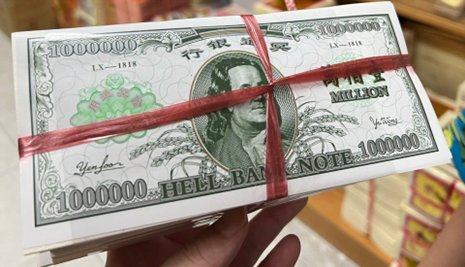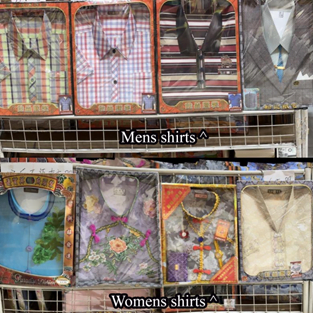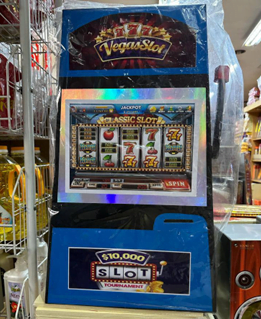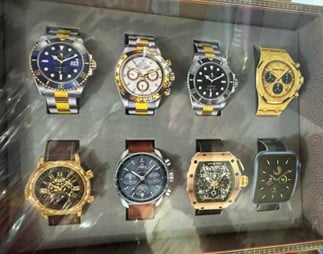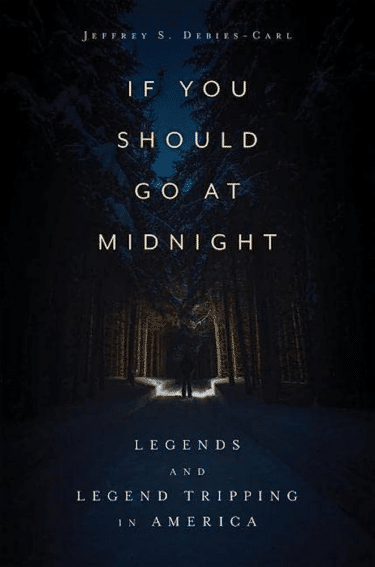A few weeks ago, Panorama did an episode on the apparent dangers of ultra-processed foods. In it, they discuss the purported dangers of artificial sweeteners, with a particular focus on aspartame.
The program talks to Dr Mathilde Touvier, Director of a Nutritional Epidemiology Research Team, and principle investigator on a long cohort study which aims to identify the role of nutritional factors in cancer and CVD morbidity/mortality, aging and quality of life, and to create a comprehensive database covering food and nutrient consumption and eating habits, physical activity and the nutritional status of the population, as well as the surveillance of the evolution of food consumption and dietary behaviours.
Discussing the research, Panorama explained:
Dr Touvier’s findings don’t prove aspartame causes cancer, but they do suggest the more aspartame you consume, the more likely you are to develop cancer as well as other diseases… a working group from [the World Health Organisation’s] International Association of Research on Cancer is meeting to examine aspartame’s possible links to cancer later this month
Aspartame has been around for a while – it was discovered, apparently by accident, in 1965 by James Schlatter, who was looking for a compound to use as part of an experiment to test anti-ulcer medication candidates, but when some of the reagent spilled onto his hand and he (for some reason) licked it off, he noticed how sweet it was. Aspartame is said to be about 200 times sweeter than regular sugar, which means you can use a great deal less of it as a sweetener.
It was subsequently tested for safety and approved as a sweetener in the US by the USFDA. As David Hattan, the then-Acting Director of the Division of Health Effects Evaluation in the United States Food & Drug Administration (USFDA) Center for Food Safety and Applied Nutrition, told Snopes in 2003:
There were well over 100 separate toxicological and clinical studies conducted to establish the safety of aspartame before it was approved for regulatory acceptance. Since its approval in 1981 by the USFDA, there have been many additional studies performed to follow up on some of the more creditable reports of aspartame- mediated adverse effects… the USFDA continues to consider [aspartame] to be among the most thoroughly tested of food additives and that this information continues to confirm the safety of aspartame.
At the time, Hattan was asked about links between aspartame and multiple sclerosis, but science changes as we collect more data, and the IARC have now assessed aspartame for its risk in causing cancer.
The IARC report won’t be available for a couple of weeks, and we can’t evaluate the scientific basis for their conclusion until we can see it, but we do have its conclusion, which has been widely publicised in the media. The Guardian wrote: “Aspartame sweetener to be declared possible cancer risk by WHO, say reports”. Vox headlined their article: “The WHO is about to declare aspartame can cause cancer. Here’s why you should listen.” Meanwhile, The Independent’s headline read: “What is aspartame? The key ingredient in Diet Coke set to be declared ‘possible cancer risk’ by WHO”
Readers may recall that a similar IARC report made headlines back in 2015, when we saw all those headlines insisting that bacon is akin to smoking in terms of cancer. And while there is evidence that processed meats (such as smoked or cured) cause cancer, and that red meats probably cause cancer, there is a vast difference between ‘hazard’ and ‘risk’. Just because something is capable of causing cancer, doesn’t say to what extent that it is likely to cause cancer. In reality, we know that eating 50g of processed meat a day increases your lifetime risk of developing bowel cancer from 6% to 7%.
Terminology is key, here: particularly as we discuss whether things ‘possibly’, ‘probably’ or ‘definitely’ cause cancer. Those words have very specific meanings in this context.
The IARC has four categories when it assesses something for its cancer causing risk, with category 3 the lowest category. It means that the IARC are unable to determine whether something causes cancer in humans. It’s labelled as “not classifiable as to its carcinogenicity in humans”.
The three other categories say something about carcinogenicity. Category 1 is the category where we know there is definitely a causal relationship between the substance and cancer development in humans. Things in category one are labelled “carcinogenic to humans”. Substances in this category include smoking tobacco, solar radiation, consumption of alcoholic beverages and ionizing radiation.
Category 2A are things labelled “probably carcinogenic to humans” – meaning that there is limited evidence for cancer in humans, but sufficient evidence for cancer in experimental animals. Things in this category include eating red meat, the insecticide DDT, night shift work and emissions from high-temperature frying.
Category 2B are things labelled as “possibly carcinogenic to humans” – so, there is limited evidence of cancer in humans and some evidence in animals, but not sufficient to make any conclusions. Aspartame will sit in this category. We are less sure than we are with red meat or processed meat. Other things in category 2B include engine exhausts, aloe vera, pickled vegetables, and working as a hairdresser or firefighter.
So we have four IARC categories. One is for anything that has insufficient evidence to make any decision. Of the other three, aspartame is in the lowest level of certainty. It’s possible it causes cancer in humans. But it’s not probable, and it’s not definitely not certain. And, remember, the USFDA considers this substance to be one of the most thoroughly tested of all food additives – there have been thousands of studies on aspartame, and yet there is still insufficient evidence to suggest a causal link to cancer.
Equally, the IARC doesn’t say anything at all about dosage – it assesses substances on a binary level. Something either does or does not cause cancer (and the scale of possible/probable where evidence is insufficient). It doesn’t say anything about how much exposure you need to be at risk. That’s where other agencies come in.
This week, another committee will conclude on this topic – the Joint FAO/WHO Expert Committee on Food Additives (JECFA). The committee is undertaking a risk assessment which will include reviewing the acceptable daily intake and dietary exposure assessment for aspartame. In the meantime, the FDA acceptable daily intake (ADI) for aspartame is 50 milligrams per kilogram of body weight, and in Europe The European Food Safety Authority’s (EFSA) ADI is a slightly more conservative 40mg per kg. That would equate to between 12 and 36 cans of diet coke, every single day, for a person who weighs 60kg.
The ‘compound’ aspartame is made up of two amino acids, aspartic acid and phenylalanine, that you might expect to encounter in your normal diet. Amino acids are the building blocks of proteins, and these two amino acids can be found in meats, grains and dairy products. When it comes to the diet, an overabundance of anything can have negative effects, but we know that many foods are perfectly safe in moderation. I see no reason to consider that this would be different for aspartame.
There are plenty of reasons we might see a correlation between high aspartame intake and poor health. We know that our diet can be influenced by a whole range of lifestyle factors, including wealth, which also influence our health. I’ll be interested to see which evidence was used in the IARC’s categorisation of aspartame, and to see if the JECFA reduce the acceptable daily intake when they report this morning, but in the meantime – I’ll be continuing to drink diet coke without concern.










